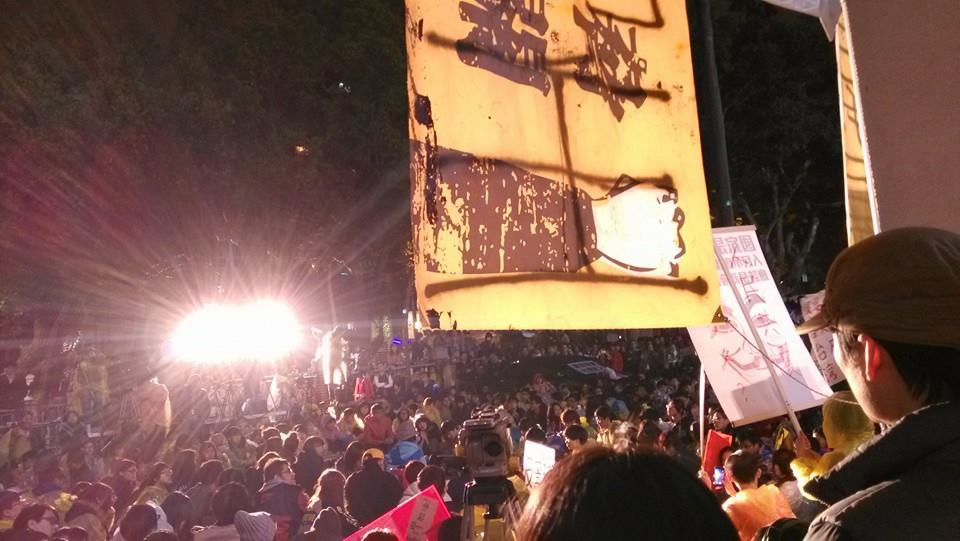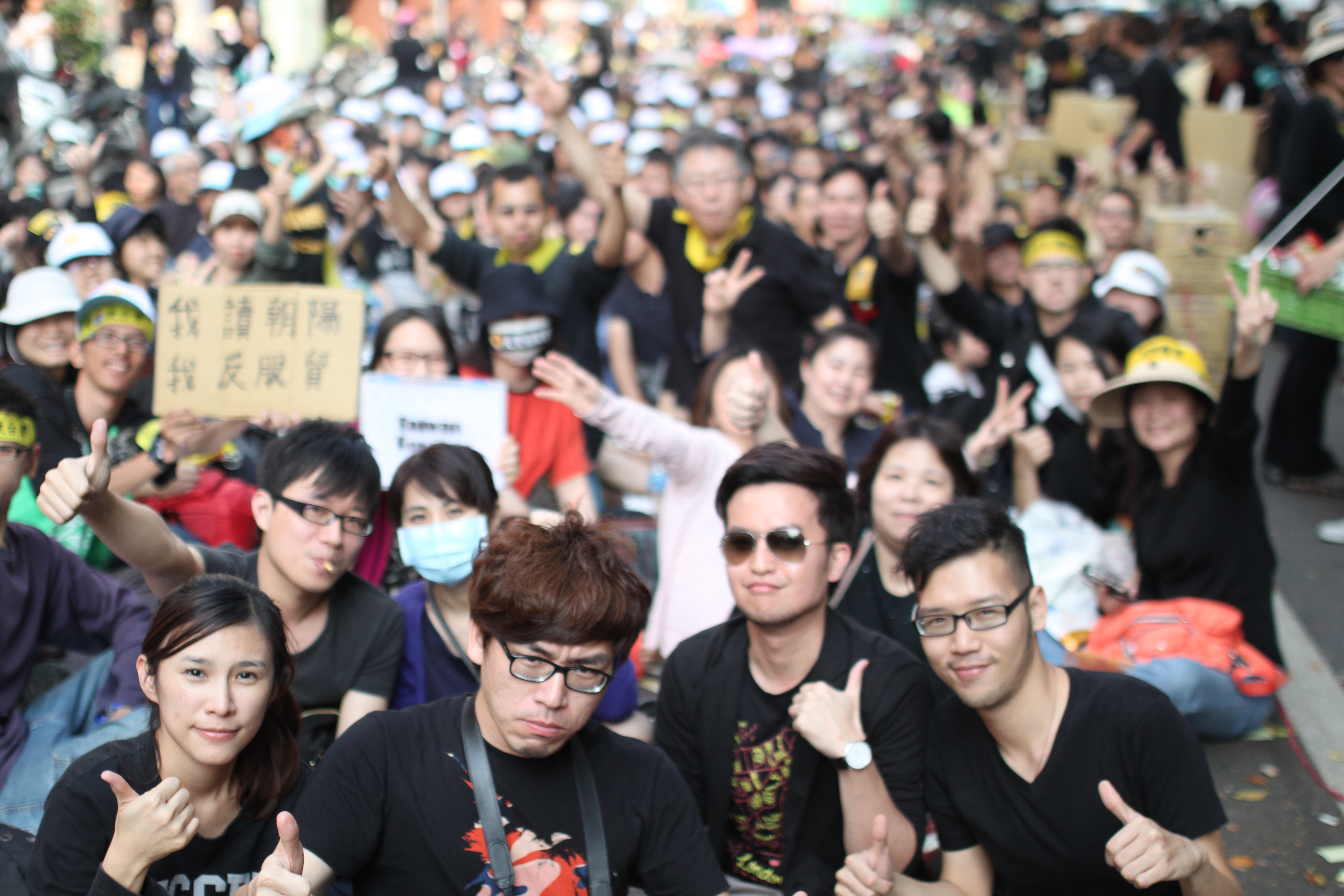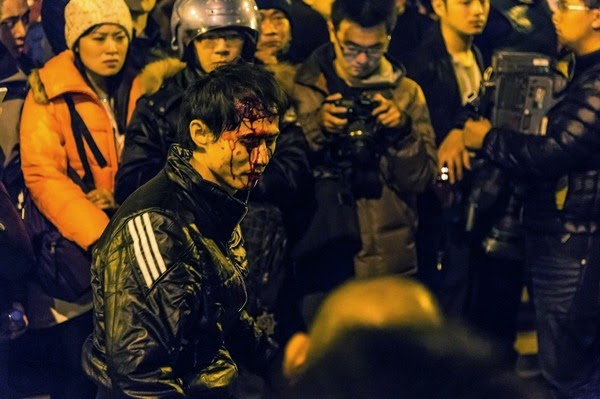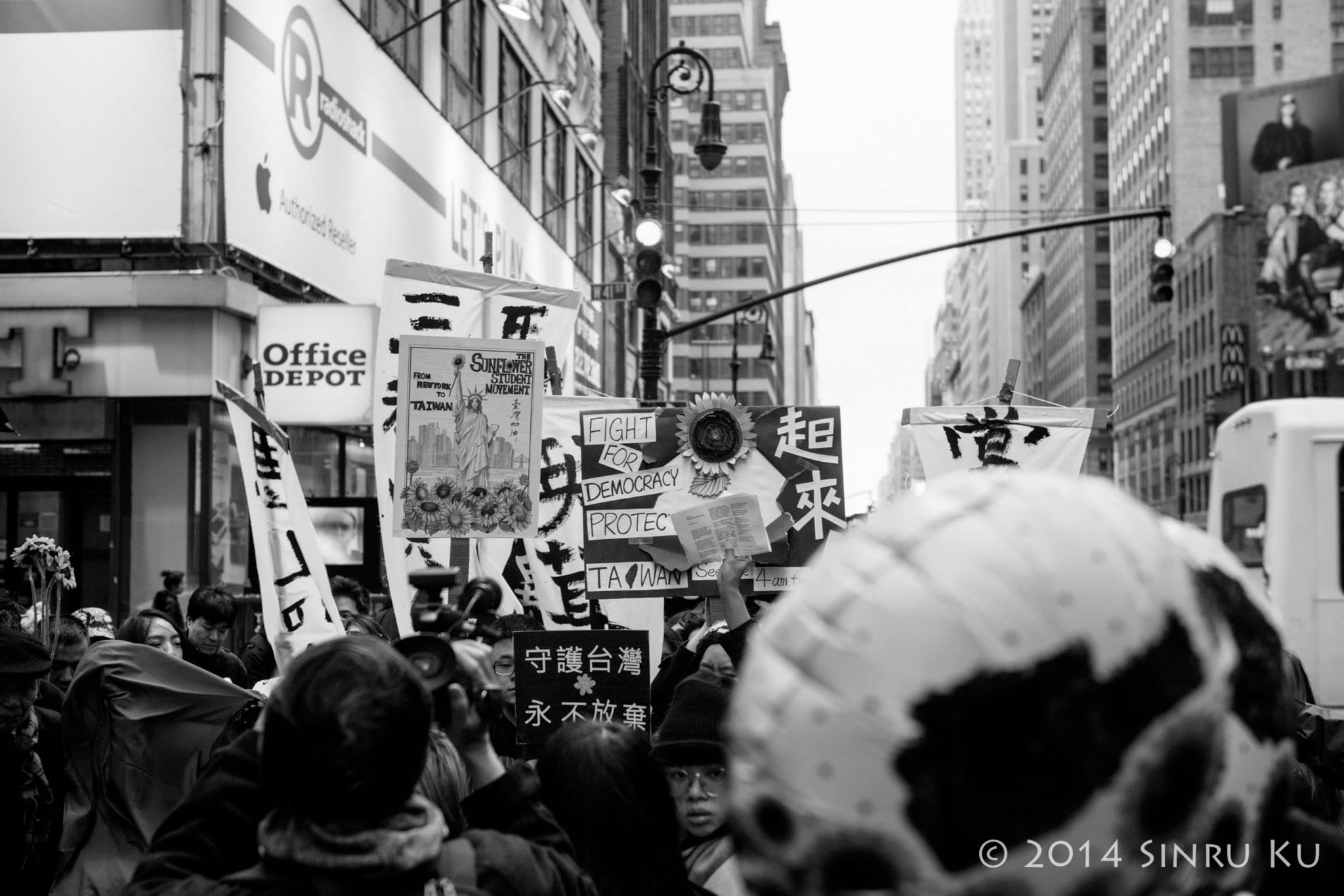語言:
English /// 中文
Photo Credit:
At the end of 2014 and at the start of 2015, New Bloom will be conducting a review of the year’s most noteworthy events. We have curated a selection of our own articles, as well as articles from outside sources, which we think were best represent the events of the past year.
The story of the past year for Taiwan has, of course, been the Sunflower Movement which took Taiwan by storm on March 18th of the past year. Beginning with the apparently spontaneous seizure of the Taiwanese legislature, the Legislative Yuan, by a group of students protesting the CSSTA free trade agreement with China, the movement became more broadly an expression of dissatisfaction with Taiwan’s internal lack of democracy and the possibility of Chinese encroachment upon Taiwanese sovereignty. Though the occupation came to an end just under a month later, the implications of the Sunflower Movement continue to unfold for Taiwan, China, and, more broadly, the East Asian region.
NOTEWORTHY ARTICLES
Taiwan’s Democratic Crisis
 One of the few, if not the only, full-length English language accounts of the Sunflower Movement from start to finish, written by New Bloom editor Brian Hioe at a point prior to founding of New Bloom. Hioe was present for most key events of the Sunflower Movement, including the first night of the occupation, the attempted occupation of the Executive Yuan on March 23rd, the day that notorious gangster “White Wolf” Chang An-Lo threatened to violent drive out students, the March 30th protest of 500,000 people in the streets of Taipei, and the last day of the occupation, as well as subsequent developments.
One of the few, if not the only, full-length English language accounts of the Sunflower Movement from start to finish, written by New Bloom editor Brian Hioe at a point prior to founding of New Bloom. Hioe was present for most key events of the Sunflower Movement, including the first night of the occupation, the attempted occupation of the Executive Yuan on March 23rd, the day that notorious gangster “White Wolf” Chang An-Lo threatened to violent drive out students, the March 30th protest of 500,000 people in the streets of Taipei, and the last day of the occupation, as well as subsequent developments.
What the Sunflower Movement unveiled for Taiwan
 New Bloom editor Mori, who was one of the occupiers of the Legislative Yuan from the first night of the occupation until the final withdrawal on April 10th, reflects upon the meaning of the Sunflower Movement in relation to Taiwanese society, and what the movement expressed in regards to the internal lack of democracy in Taiwan, increasing Chinese control of Taiwanese society through economic means, and the questions that globalization and neoliberalism pose for social movements.
New Bloom editor Mori, who was one of the occupiers of the Legislative Yuan from the first night of the occupation until the final withdrawal on April 10th, reflects upon the meaning of the Sunflower Movement in relation to Taiwanese society, and what the movement expressed in regards to the internal lack of democracy in Taiwan, increasing Chinese control of Taiwanese society through economic means, and the questions that globalization and neoliberalism pose for social movements.
Looking Back on 323
 The most read article in the history of New Bloom in Chinese translation, Looking Back on 323 is an account of the attempt to storm the Executive Yuan written by an pseudonymous Taiwanese-American who was an active participant in the occupation attempt, although he was not one of those who were able to enter the Executive Yuan. The attempt by a group of students to occupy the Executive Yuan to break a deadlock in negotiations with the government occurred several days after the initial occupation and remains controversial to this day.
The most read article in the history of New Bloom in Chinese translation, Looking Back on 323 is an account of the attempt to storm the Executive Yuan written by an pseudonymous Taiwanese-American who was an active participant in the occupation attempt, although he was not one of those who were able to enter the Executive Yuan. The attempt by a group of students to occupy the Executive Yuan to break a deadlock in negotiations with the government occurred several days after the initial occupation and remains controversial to this day.
Crisis and Resurgence
 So far as overseas Taiwanese student movement has historically been of great importance to Taiwanese Left politics, in particular in regards to Taiwanese independence, what was the response of overseas Taiwanese students to the Sunflower Movement? This article by New Bloom editor Wen Liu (劉文)reflects upon what the Sunflower Movement meant for a rebirth of the overseas Taiwanese student movement and what overseas Taiwanese students were doing during the course of the Sunflower Movement.
So far as overseas Taiwanese student movement has historically been of great importance to Taiwanese Left politics, in particular in regards to Taiwanese independence, what was the response of overseas Taiwanese students to the Sunflower Movement? This article by New Bloom editor Wen Liu (劉文)reflects upon what the Sunflower Movement meant for a rebirth of the overseas Taiwanese student movement and what overseas Taiwanese students were doing during the course of the Sunflower Movement.

